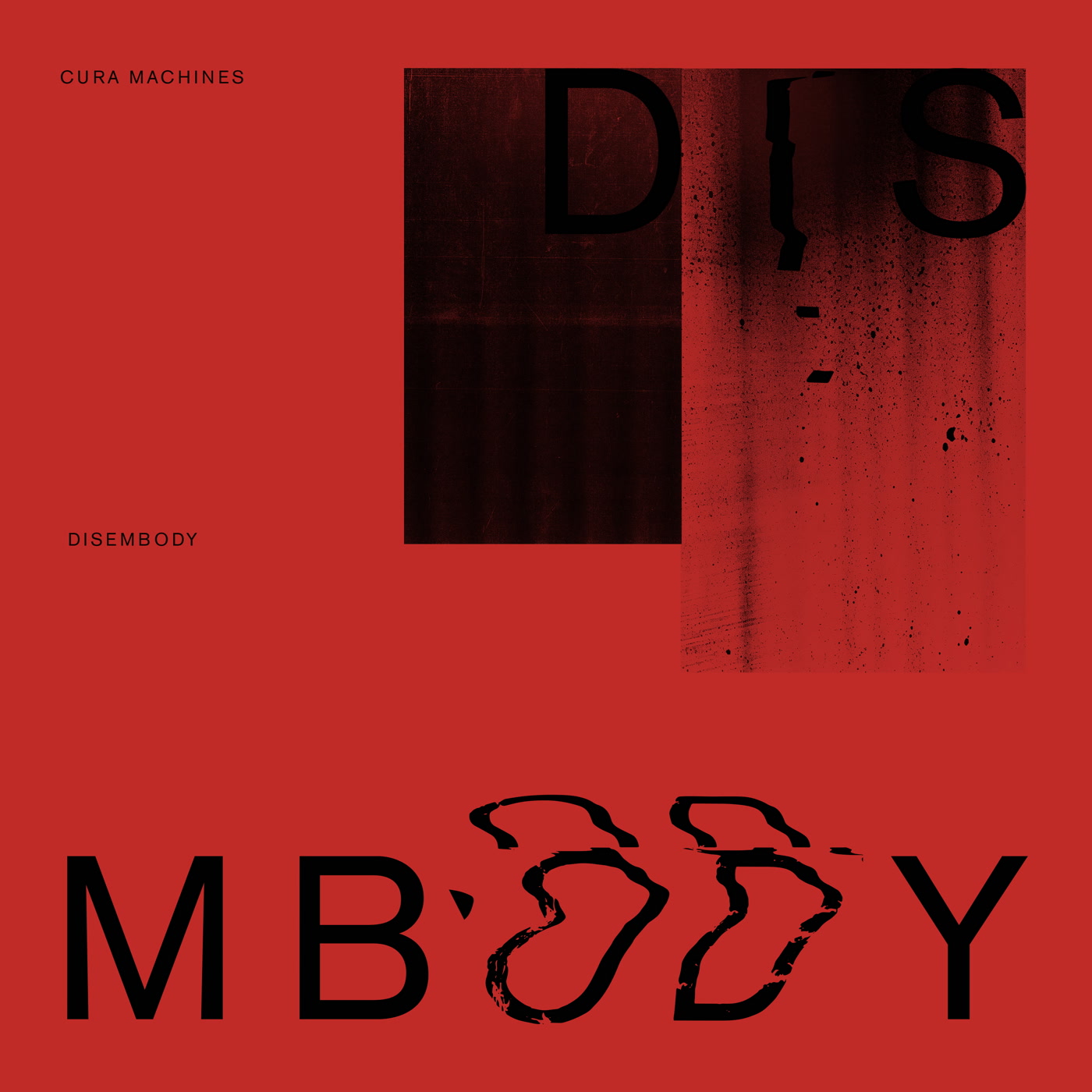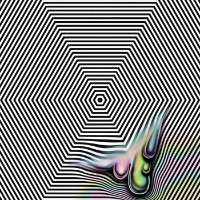- Digital
CURA MACHINES
DISEMBODY
Bedouin Records
- Cat No: BDNLP018
- Release: 2025-05-23
- updated:
Track List
-
1. CURA MACHINES - EMBRYO
03:12 -
2. CURA MACHINES - INHIBITOR
06:23 -
3. CURA MACHINES - IMPULSE
03:37 -
4. CURA MACHINES - CEDE
04:57 -
5. CURA MACHINES - INCORPOREALITY
03:42 -
6. CURA MACHINES - NEURO BLAST
04:09 -
7. CURA MACHINES - AKIN TO A FURNACE
04:53 -
8. CURA MACHINES - DISEMBODIED
10:16
24bit/96khz [wav/flac/aiff/alac/mp3]
This album emerges not as a sequence of songs, but as a phenomenological reduction—a stripping away of body, identity, boundary, and time, revealing what lies beneath perception itself. DISEMBODY is the second album by CURA MACHINES, the project of composer Daniel Lea, and it feels less like a follow-up to NEURO than an afterimage—a vapor trail of its former nervous system, now dispersed, rewired, made spectral. Where NEURO mapped the terrain of the mind under pressure, DISEMBODY floats freely in the slipstream of something post-human, post-body, post-form.
The album’s titles—Embryo, Inhibitor, Incorporeality, Disembodied—trace a kind of inverted lifecycle, one where being is unlearned and unmade. At the core is a tension between surrender and resistance: the feeling of the body pushed to the edge of its systems, then out beyond them. DISEMBODY is a record about thresholds—of perception, of consciousness, of flesh—and what happens when those limits rupture.
The album features the decimating drums of BJ Miller (HEALTH) and the spectral vocals of James Ó Ceallaigh (Altar of Plagues), whose presence heightens the sense of dissolution, a voice like something half-remembered from the afterlife. Additional synth work on “Cede” and “Inhibitor” comes from Steve Moore (Zombi, VFW, Minds Eye), whose expansive textures further blur the boundaries between the organic and the mechanical, between body and vapor.
Lea’s process is both obsessive and alive, his sounds constantly mutating, dissolving, re-emerging in new configurations. Much of DISEMBODY was re-processed through multiple layers of analog and digital equipment, sent through waves of re-amping, freezing, time-stretching, distortion, and detonation. Lea collaborated with Soundgas, the UK-based analog processing house, to push stems through labyrinths of machines—EMT plate reverbs, 636 springs, Neve consoles, Stargate delays, harmonic implosions—until nothing stable remained. The result is music that exhales from an alien physiology, more organism than arrangement.
There are passages here that feel like weather systems made audible: pulsing with unseen data, suddenly collapsing into hush, then returning with thundering, tidal force. Tracks like Inhibitor or Neuro Blast mimic the sensation of being watched from outside your own body, consciousness displaced and drifting through unfamiliar corridors, as if under examination by some unnameable presence. The sensation is immersive and uncanny, like being submerged in fog made of color and static.
If NEURO was Rilke’s gramophone of the skull, then DISEMBODY is the playback after death: the echo of a consciousness unspooled from its casing. A haunted hospital of the self, a murmuring ether where new forms take root. It’s not just a record—it’s an exorcism, a purge of the old circuitry. And what’s born in its place is a kind of new flesh: raw, incorporeal, euphoric.
In Disembodied, the album’s sprawling centerpiece, we hear this metamorphosis fully realized—a journey that begins in chaos, gathers into form, and then lets go completely. It is the sound of a body remembering how to become vapor, of time folding in on itself. And by the end, all that remains is the pulse of something transformed: alive, untethered, and free.
The album’s titles—Embryo, Inhibitor, Incorporeality, Disembodied—trace a kind of inverted lifecycle, one where being is unlearned and unmade. At the core is a tension between surrender and resistance: the feeling of the body pushed to the edge of its systems, then out beyond them. DISEMBODY is a record about thresholds—of perception, of consciousness, of flesh—and what happens when those limits rupture.
The album features the decimating drums of BJ Miller (HEALTH) and the spectral vocals of James Ó Ceallaigh (Altar of Plagues), whose presence heightens the sense of dissolution, a voice like something half-remembered from the afterlife. Additional synth work on “Cede” and “Inhibitor” comes from Steve Moore (Zombi, VFW, Minds Eye), whose expansive textures further blur the boundaries between the organic and the mechanical, between body and vapor.
Lea’s process is both obsessive and alive, his sounds constantly mutating, dissolving, re-emerging in new configurations. Much of DISEMBODY was re-processed through multiple layers of analog and digital equipment, sent through waves of re-amping, freezing, time-stretching, distortion, and detonation. Lea collaborated with Soundgas, the UK-based analog processing house, to push stems through labyrinths of machines—EMT plate reverbs, 636 springs, Neve consoles, Stargate delays, harmonic implosions—until nothing stable remained. The result is music that exhales from an alien physiology, more organism than arrangement.
There are passages here that feel like weather systems made audible: pulsing with unseen data, suddenly collapsing into hush, then returning with thundering, tidal force. Tracks like Inhibitor or Neuro Blast mimic the sensation of being watched from outside your own body, consciousness displaced and drifting through unfamiliar corridors, as if under examination by some unnameable presence. The sensation is immersive and uncanny, like being submerged in fog made of color and static.
If NEURO was Rilke’s gramophone of the skull, then DISEMBODY is the playback after death: the echo of a consciousness unspooled from its casing. A haunted hospital of the self, a murmuring ether where new forms take root. It’s not just a record—it’s an exorcism, a purge of the old circuitry. And what’s born in its place is a kind of new flesh: raw, incorporeal, euphoric.
In Disembodied, the album’s sprawling centerpiece, we hear this metamorphosis fully realized—a journey that begins in chaos, gathers into form, and then lets go completely. It is the sound of a body remembering how to become vapor, of time folding in on itself. And by the end, all that remains is the pulse of something transformed: alive, untethered, and free.



